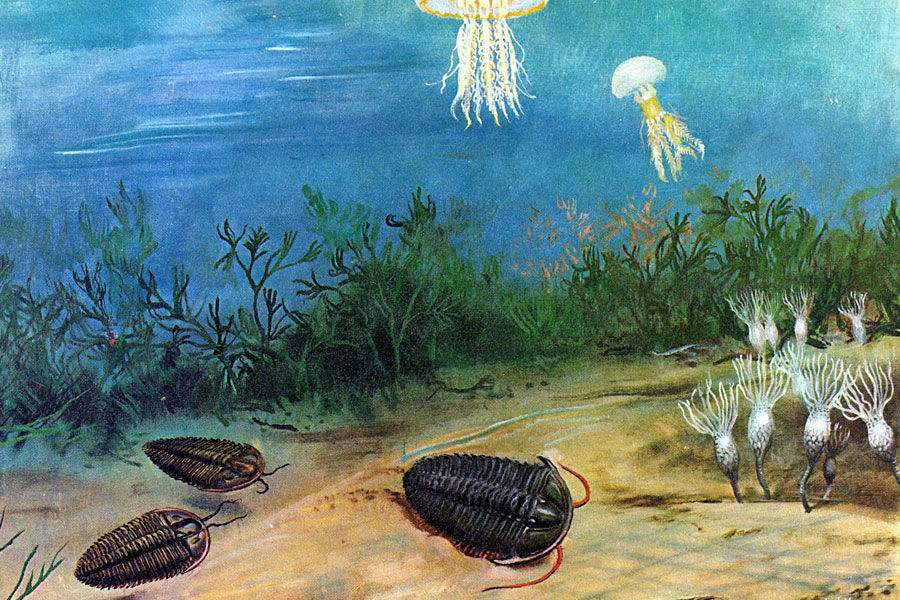Mitochondria manipulate oxygen in a way that liberates energy from foodstuffs. Without this niftily facilitating trick, life on Earth today would be nothing more than a sludge of simple microbes. Mitochondria are very tiny—you could pack a billion into the space occupied by a grain of sand—but also very hungry. Almost every nutriment you absorb goes to feeding them.
线粒体支配着氧,释放食物中的能量。没有这种很有用处的戏法,今天地球上的生命不过是生活在污泥里的一大堆简单的微生物。线粒体极小——一粒沙子的空间里可以装上10亿个线粒体,而且老是肚子饿,我吸收的营养到头来都喂养了线粒体。

We couldn't live for two minutes without them, yet even after a billion years mitochondria behave as if they think things might not work out between us. They maintain their own DNA. They reproduce at a different time from their host cell. They look like bacteria, divide like bacteria, and sometimes respond to antibiotics in the way bacteria do. In short, they keep their bags packed. They don't even speak the same genetic language as the cell in which they live. It is like having a stranger in your house, but one who has been there for a billion years.
要是没有线粒体,我们两分钟也活不到。然而,即使过了10亿年,线粒体的表现显示,它们似乎依然认为我们之间的问题有可能解决不了。它们保持了自己的DNA、RNA(核糖核酸)和核蛋白体。它们与寄主细胞在不同的时候繁殖。它们看上去像细菌,像细菌那样分裂,有时候对抗菌素作出细菌会作出的那种反应。它们甚至不说寄主细胞说的那种基因语言。总之,它们老是把行李准备停当。这很像是你家里来了个陌生人,而这个陌生人已经在你的家里住了10亿年。
The new type of cell is known as a eukaryote (meaning "truly nucleated"), as contrasted with the old type, which is known as a prokaryote ("prenucleated"), and it seems to have arrived suddenly in the fossil record. The oldest eukaryotes yet known, called Grypania, were discovered in iron sediments in Michigan in 1992. Such fossils have been found just once, and then no more are known for 500 million years.
新的种类的细胞被称之为真核细胞(意思是“真具有核的”),与之相对的旧的种类的细胞被称之为原核细胞(意思是“在具有核之前的”)。它们似乎突然出现在化石记录里。已知的最古老的真核细胞,即所谓的卷曲藻,是1992年在密歇根州的铁沉积物中发现的。这种化石发现过一次,接着5亿年中杳无踪影。
来源:可可英语 //www.utensil-race.com/Article/201807/558798.shtml












